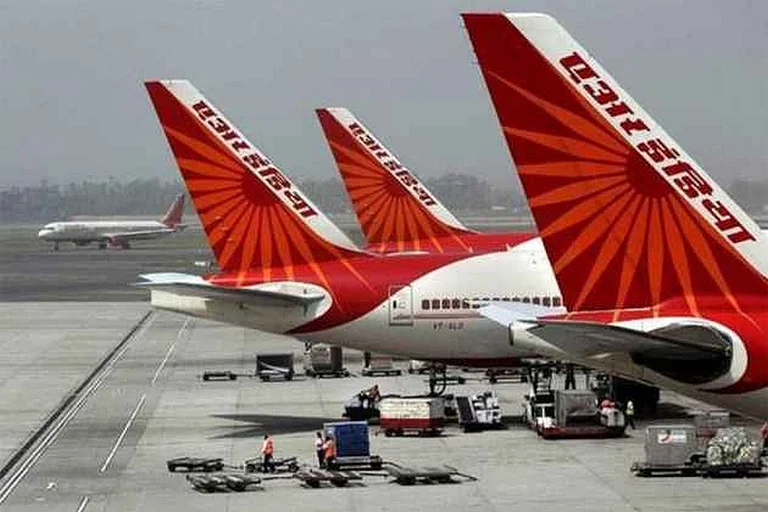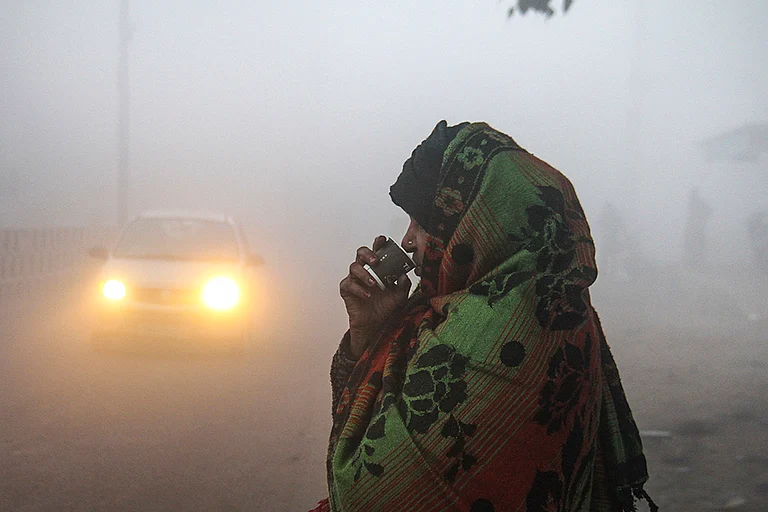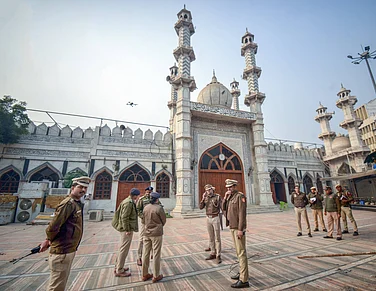Until the COVID-19 induced migration crisis of 2020 highlighted the sheer scale of migration in the country, migrant workers in India’s cities had largely been invisible. One fundamental reason that migrants were, and continue to remain invisible, particularly to policy makers, is that there are no accurate estimates of the extent of migration in India. Official data sources such as the Census, the National Sample Survey (NSS) and the Periodic Labour Force Survey (PLFS) are not designed to appropriately capture migration as the focus of the Census is on population distribution, while NSS and PLFS data are concerned with labour market attributes. These surveys massively undercount migrants and underestimate migration in the country, specifically short-term and circular migration.
That said, Census data reveals that patterns of rural-urban migration in India are from poor to prosperous states, that is, from backward to advanced regions. Such a migration needs to be situated in a context of growing agrarian distress in source regions and increasing inequalities between source and destination regions. The major ‘migrant-sending’ states are Uttar Pradesh, Bihar, Rajasthan and Madhya Pradesh, while Maharashtra, Delhi, Gujarat and Haryana comprise major ‘migrant-receiving’ states. Migration to the southern states has also substantially increased in recent decades on account of increased employment opportunities and higher wages in destination areas.
Empirical studies show an increase in these inter-state, rural-urban migration streams. For instance, in my book, Migration and Development in India: The Bihar Experience, based on longitudinal data at the Institute for Human Development (IHD), I show that in rural Bihar, the share of households with migrants increased from 45 per cent in 1999 to 65 per cent in 2016. This rural-urban migration is in response to increased demand for labour in India’s cities; for several decades, particularly in the post-liberalisation period since the early 1990s, India’s cities have grown, developed, and prospered, riding on cheap labour of rural migrants who predominantly work in the informal economy in urban areas. Migrants are the backbone of India’s service-oriented urban economy that demands cheap labour from rural areas, and this demand has only increased over time.
Though migration has increased, and migrants spend much of their adult working lives in the city, their migration remains ‘circular,’ that is, migrants eventually return to the village and retire in rural areas. The income earned by rural-urban migrants at the destination is often below the statutory minimum wage and is inadequate for family migration or long-term settlement. Thus, it is the rural areas that bear the cost of production and reproduction of labour, subsidising India’s urban development. The majority of inter-state migration streams for work are male-dominated and masculinised. As rural migrant workers can hardly afford to bring their families to the city, they are forced to separate from their loved ones, who stay back in the village. This enormous social and psychological cost of migration continues to be absent from the policy discourse.
In destination areas, the circularity of migration can also be understood through the lens of ‘exclusionary urbanisation.’ Despite contributing to urban growth and development, migrants remain strangers to India’s cities, and are subject to multiple precarities, vulnerabilities and exploitation. It emerged during the pandemic that not all destinations are the same; there is substantial variation in the sub-national state policies for migrant workers. To better understand such variations, Varun Aggarwal and colleagues at India Migration Now (a migration data, research, and advocacy organisation) created IMPEX—Interstate Migration Policy Index. The tool captures policies of destination states towards migrants in eight areas: labour market, education, child rights, social benefits, political inclusion, housing, domicile and identity, and health and sanitation. In designing IMPEX, scores are assigned to 63 policy indicators in these eight areas. This exercise enables an evaluation and ranking of states on the basis of how they fare in their treatment of migrant workers with regard to migrant inclusion and integration policies.
It emerged that all destination states took minimal initiatives to provide effective access to employment, social benefits and healthcare for migrants. Kerala had the highest IMPEX score—its policies were most considerate of migrants. On the other hand, Delhi had the lowest score, followed by Gujarat, Tamil Nadu, Haryana, Punjab and Maharashtra. It is interesting to note that these traditional destination states fare far worse than Kerala, a relatively recent destination for migrant workers. Aggarwal and his colleagues argue that Kerala’s state welfare system, historical labour-friendly policies and declining fertility rates explain the enhanced importance of migrant workers in the state.
The proactive role played by the state of Kerala during the COVID-19 lockdown is well-known. It organised relief camps for migrant workers and provided rations and food through community kitchens. While migrant workers elsewhere in the country scrambled to return to their villages, in Kerala, they were able to stay put due to the support provided by their employers and the state.
A study conducted at PRADAN by Nitya Rao and researchers to examine the experiences of migrant workers from Jamui district in Bihar spread across multiple destinations in India found that migrants in Maharashtra, Uttar Pradesh and Gujarat faced immense hardships, including threats from the police, as they tried to return to their native villages. In contrast, Adivasi migrants in Kerala were offered aid from the District Collector’s Office in getting tested for COVID-19, and upon testing negative, local officials provided support in identifying procedures such as registering for the special train from Kerala to Jharkhand. Unlike the horror stories from the Shramik trains, the train from Kerala was equipped with food and medical facilities, and a migrant worker summed the journey as being “smooth and the behaviour of the Kerala officials was very humble.”
Kerala has the most generous social security architecture for migrant workers; it was the first state in the country to introduce the Inter-state Migrant Worker Welfare Scheme in 2010 with the Department of Labour and Skills running housing and insurance schemes for migrant workers. Policies at the destination matter, and the example of Kerala shows that where there is political will, social policy can be humane and can ensure economic welfare and social justice.
Three years since the COVID-19-induced lockdown, the state of a majority of migrant workers in the country continues to be precarious. Despite being abandoned by the cities during the lockdown, migrants who had returned to their native villages trickled back to cities in search of work as rural material conditions are dependent on urban remittances. Heightened public awareness and sensitivity about the plight of rural migrants during the lockdown have not translated into measures and policies to ensure their protection and well-being. On the contrary, employment, wages and income are still below pre-pandemic levels. The pandemic and subsequent economic downturn have been associated with increasing informality and rising nativism in India’s cities. This, in a myriad of ways, has led to a backlash against, and further marginalisation of, migrant workers.
No country in the world has progressed without a majority of its population moving from rural to urban areas. The circularity of migration mentioned above has implications for India’s urbanisation project, which is excruciatingly slow. A sluggish rural-urban transition in a context where 69 per cent of the population lives in rural areas is a serious impediment to India’s desired structural transformation. This requires a radical rethinking of the relationship between the rural and urban and how urbanisation policies can be more just, humane and inclusive towards migrant workers. How we treat migrants is intricately linked with the future of development in India.
(Views expressed are personal)
Amrita Datta is the author of Migration and Development in India: The Bihar Experience





















